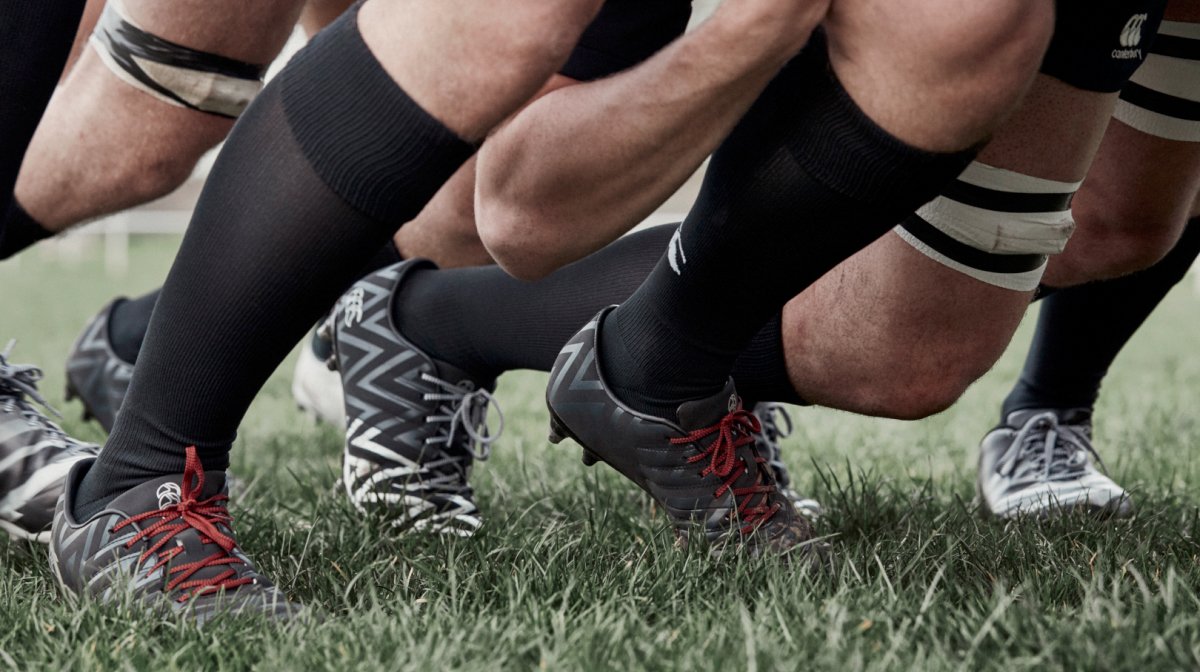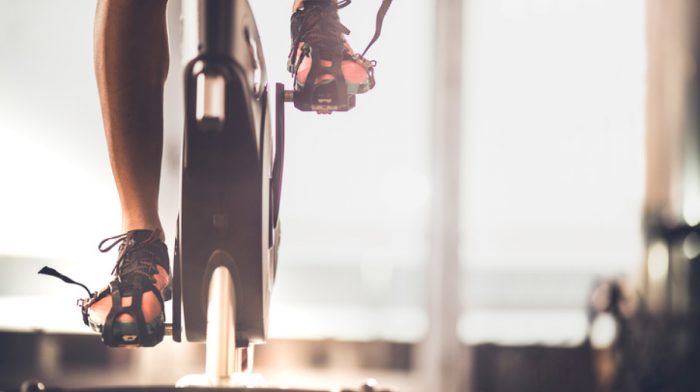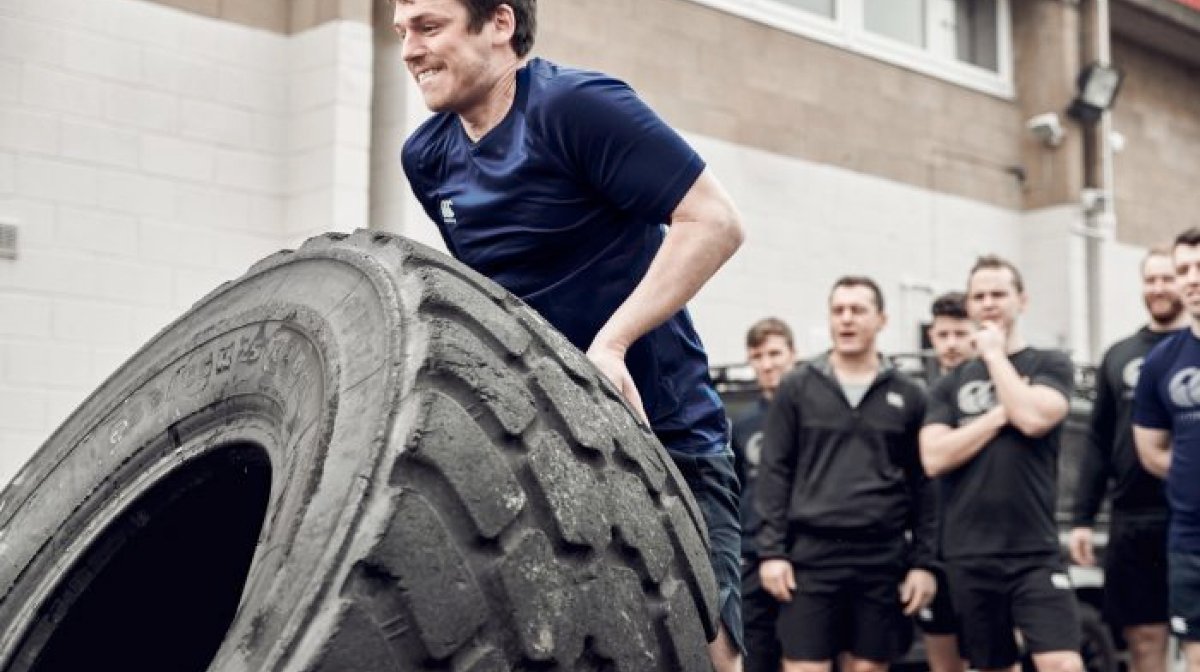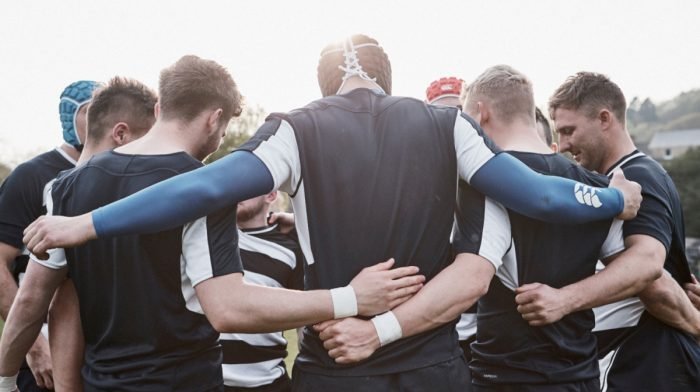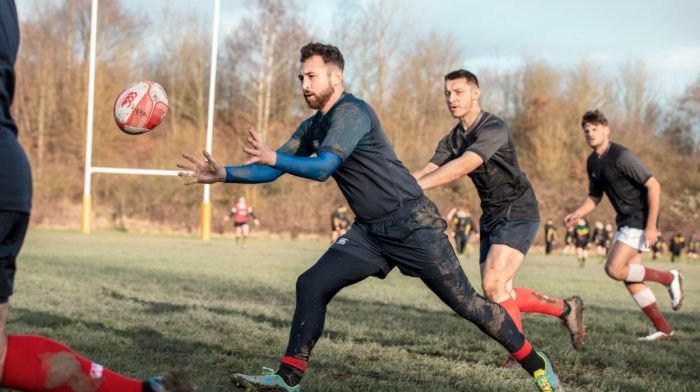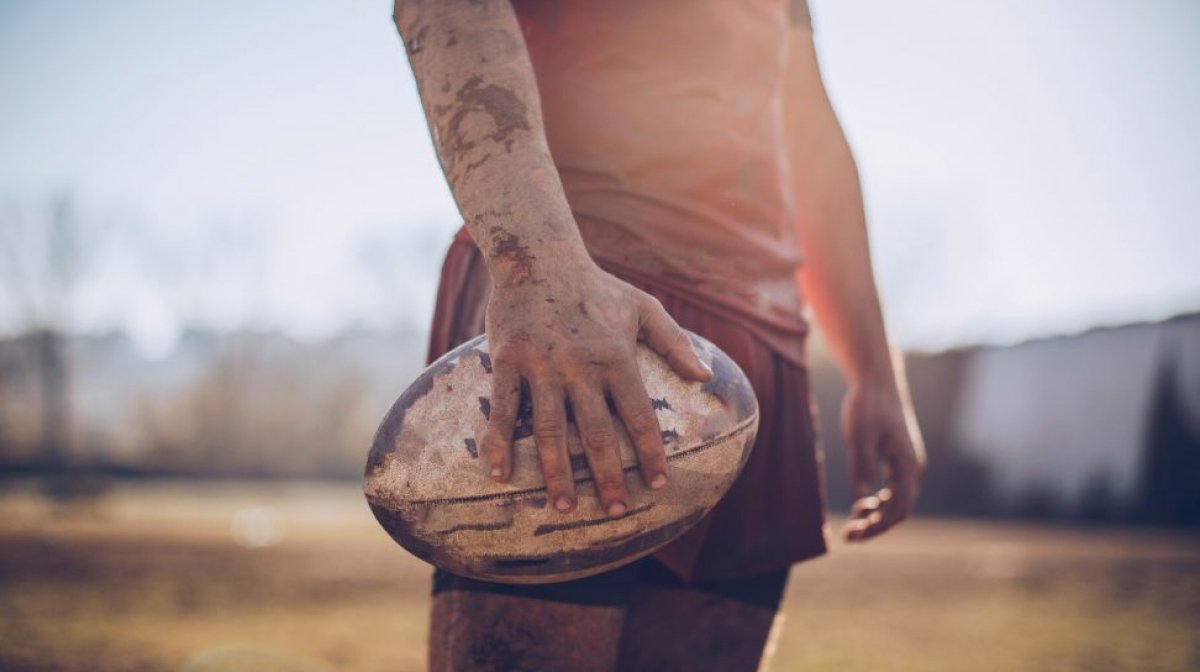Looking outside the big three lifts will assist your rugby training regime immeasurably. As well as the core exercises such as the deadlift, you will need to focus on your neck and grip strength and the stability of your joints.
Wrestling workouts for rugby will boost your core strength, as will core planking. The key is to give these rugby-specific exercises an airing and to train outside the staple lifts.
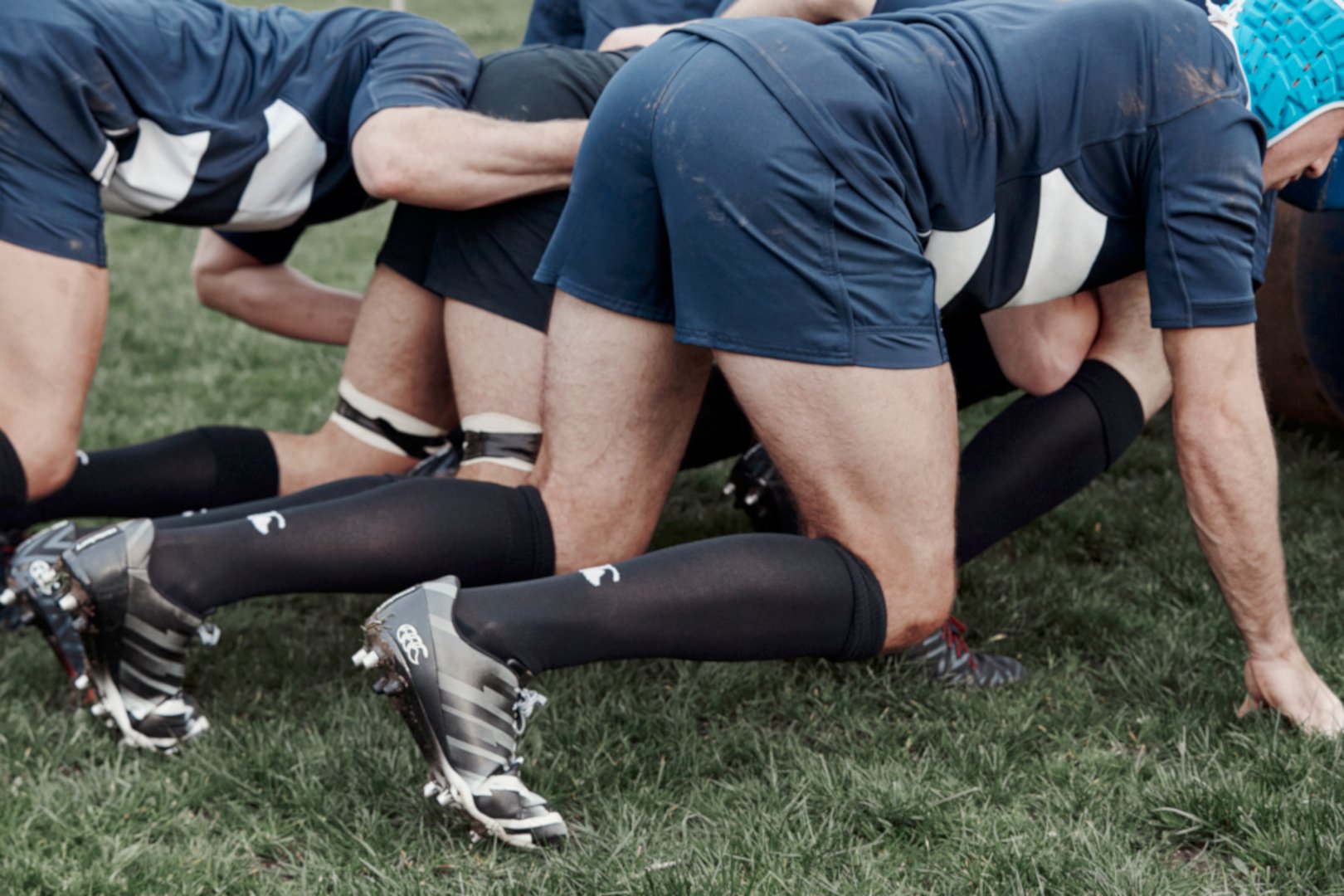
Getting it in the neck
When you think of how much stress a front-row player puts on their neck, you will appreciate the need to focus on its strength. The muscles that protect the information corridor of your neck and cervical spine must be in top condition; fortifying them will enable your central nervous and respiratory systems to function more efficiently. Your nerve impulses will be affected by weak and compromised neck muscles, and remember, rugby is a contact sport.
Try lying on the floor on your back, with your feet planted flat and your knees pointing upwards. Place your palms beside your head and point your elbows up. Press upwards until the tip of your head is resting on the ground, with your hands supporting your weight, before bringing up your hips as high as possible – you have formed a Wrestler’s Bridge.
Hold this position for 2 minutes before returning to your original position.
If you can perform this exercise with your head instead of your hands supporting your weight, then you are intensifying the effect on your core muscles and neck strength. As an intermediary step, use your fingertips instead of your hands to brace your weight. Go gently and build up the time you hold the position for.
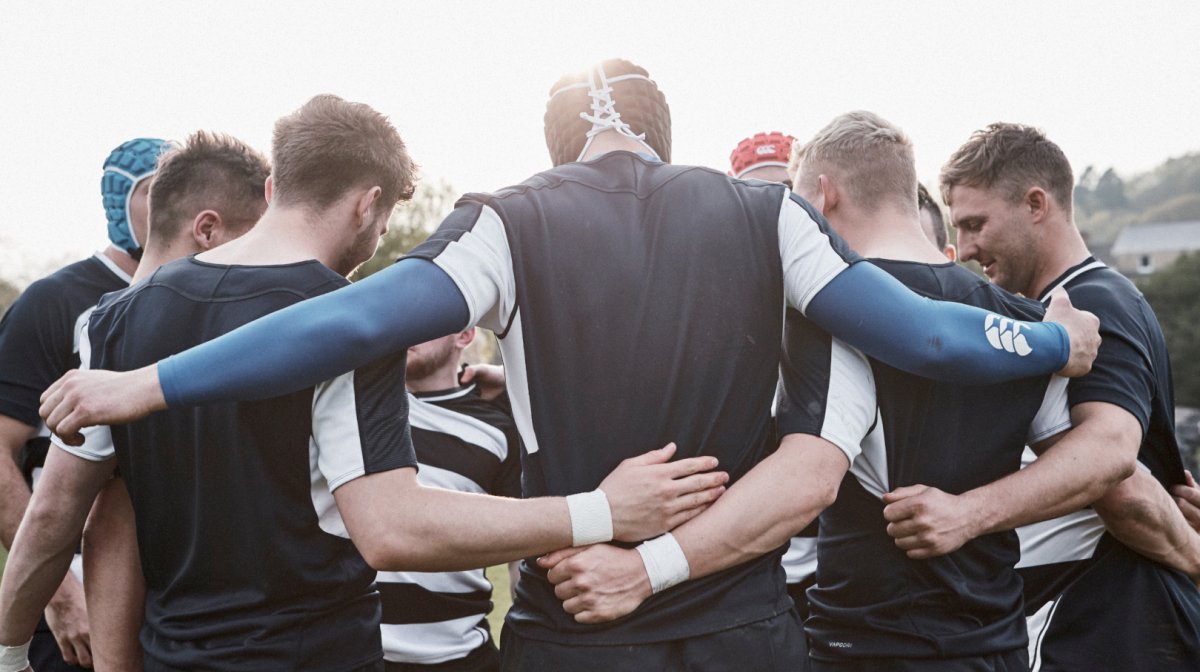
Wrestling your way to Rugby fitness
If you think about it, there is a great crossover in skillsets between rugby and wrestling. These drills will help you to condition your upper body, while introducing a competitive element into your rugby fitness training (you will need a partner for these).
The Thai Clinch is great for strengthening the neck and your grip – face your opponent and place your hands around the backs of each other’s heads. Adopt a firm stance and apply pressure to one another, almost as if cradling the other’s head.
The Greco-Roman wrestle is another fine conditioning exercise for your upper body. Stand facing your training partner and attempt to unbalance him by grasping him below the armpits and behind the back.
See who concedes the most ground on the training mat, treating it as a healthy competition. Wrestling for rugby will build up your strength and grip for hand-offs and so on.
Improving your joint stability
Stiffness, strains, arthritis and dislocations are unfortunately common in those joints that bear your weight – the knees, ankles, shoulders, elbows and wrists – so it is vital that you use the gym to take care of them.
This is why, although high-impact cardio such as running and box jumps will activate your fast-twitch muscle fibres, you should lean more on low-impact cardio exercise.
Get on a rowing machine or a recumbent exercise bike or in the pool for a spot of HIIT without putting stress on your joints.
You will need to warm up all major muscle groups before any exercise and stretch out afterwards to reduce any swelling. Try to avoid those weight lifts that put pressure on your shoulders, such as a behind-the-neck overhead press or lat pulldown – most people have limited joint mobility and muscle flexibility in their shoulders.
Finally, get your rugby nutrition right – fish, vegetables, berries and whole grains are low in saturated fat and are more alkaline, helping you maintain good joint stability.
Planking your way to suppleness
The neck plank is fantastic for building strength around your cervical spine. Lie face first on the floor and use the top of your head to brace your body weight. Lift your chest off the floor and place your hands behind your lower back.
Raise your legs off the ground by putting all your lower-body weight on your toes – only the top of your head and your tiptoes should be touching the floor, as you form a sort of bridge. Keep your legs together and your torso straight for maximum effect on your core and neck muscles. Hold this position for as long as possible.
